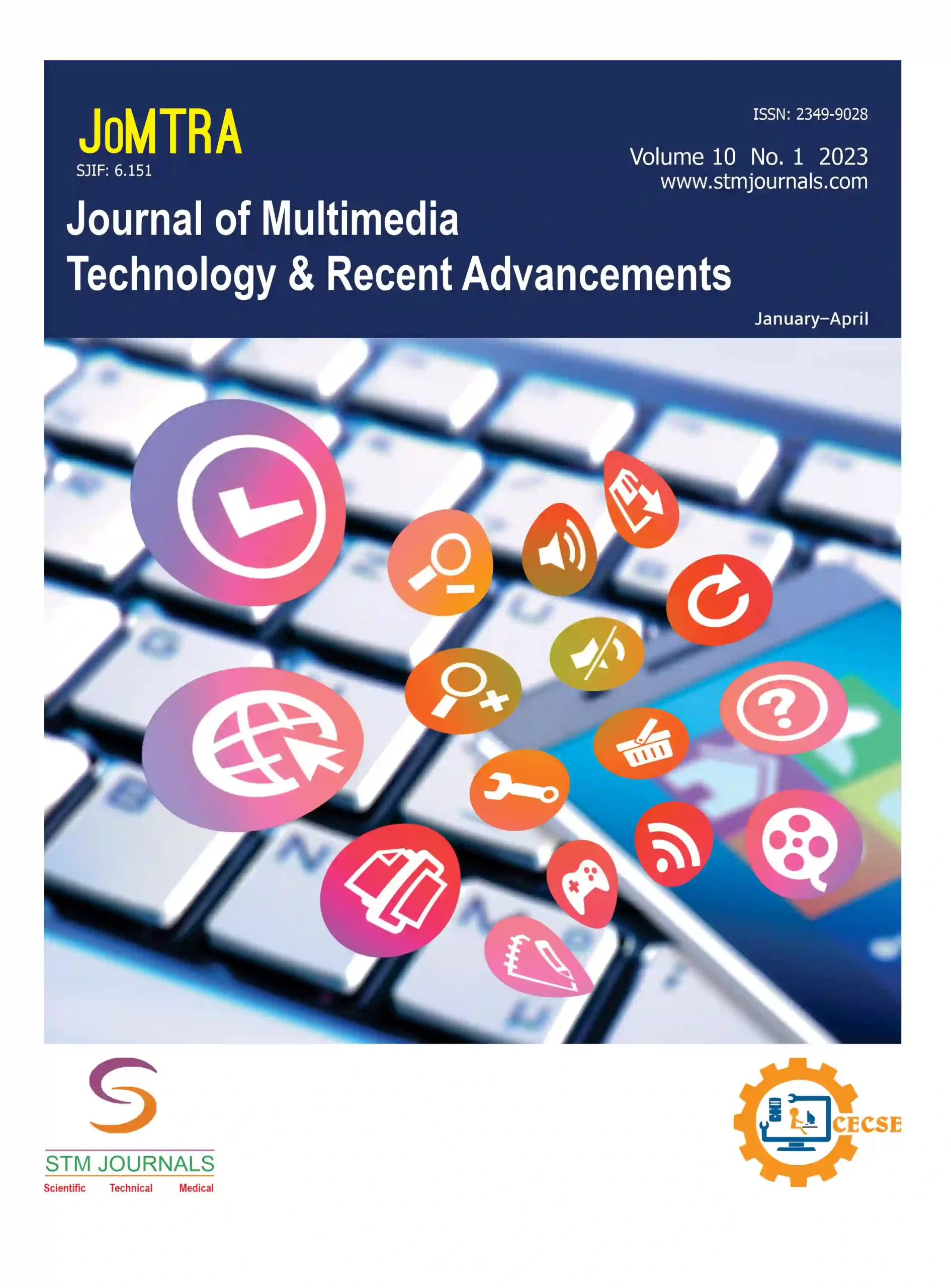
Sakshi Shivaji Hole,

Anjali Shahu Londhe,

Sayali Dipak Khaire,

Chetana Nimba Patil,

Amruta More,
- Student Department of Computer Engineering, Anantrao Pawar College of Engineering and Research, Pune Maharashtra India
- Student Department of Computer Engineering, Anantrao Pawar College of Engineering and Research, Pune Maharashtra India
- Student Department of Computer Engineering, Anantrao Pawar College of Engineering and Research, Pune Maharashtra India
- Student Department of Computer Engineering, Anantrao Pawar College of Engineering and Research, Pune Maharashtra India
- Professor Department of Computer Engineering, Anantrao Pawar College of Engineering and Research, Pune Maharashtra India
Abstract
In the contemporary world, food waste has emerged as a critical global issue with profound consequences for the environment, economy, and societal well-being. The challenge at hand is the efficient management of food resources to combat this issue. Problem: Food waste, a significant problem, leads to the squandering of valuable resources, contributes to environmental degradation through greenhouse gas emissions, and exacerbates food insecurity, particularly among vulnerable populations. Solution: To address this problem, we have developed an innovative Android mobile application. This application harnesses the capabilities of modern technology to empower individuals and restaurants to contribute surplus food and leftovers to those in need. By bridging the gap between food surplus and food scarcity, our study demonstrates the app’s effectiveness in reducing food waste and alleviating food poverty. Through a seamless process of food donation, collection, and redistribution, the application showcases its potential to make a substantial impact on both environmental conservation and social welfare.
Keywords: Food waste, environmental degradation, food insecurity, Android mobile application, surplus food, food redistribution, greenhouse gas emissions, vulnerable populations, community, user confidentiality, sustainable solution, global concern
[This article belongs to Journal of Multimedia Technology & Recent Advancements(jomtra)]
References
- Smith JD, Wang L. An empirical analysis of the factors influencing food waste in Harbin under the heading one-person food and multi-person food with structural equation modeling. Food Res Int. 2023; 45 (3): 123–137.
- Gupta A, Patel S. Sustainable food waste management and tracking system using blockchain. Sustainability. 2022; 9 (4): 123–136.
- Smith E. Food Wastage Management Application Using Android Studio. Unpublished application project. 2021.
- Wang S, Xu J. Design of intelligent household food waste product based on AHP-TRIZ method. In: 2022 International Conference on Culture-Oriented Science and Technology (CoST), Lanzhou, China, August 18–21, 2022. pp. 95–98.
- Bhardwaj S, Kumar U, Kumar Y. Food waste management Android app. In: Proceedings of the Advancement in Electronics & Communication Engineering, July 15, 2022. doi: 10.2139/ssrn.415
- Prova RR, Rayhan A, Shilon RS, Khan MM. A web and mobile based approach to redistribute consumable food waste. In: 2021 12th International Conference on Computing Communication and Networking Technologies (ICCCNT), Kharagpur, India, July 6–8, 2021. pp. 1–6.
- SardarMaran P, Reddy BS, Saiharshavardhan C. Air quality prediction (IoT) using machine learning. In: Mallick PK, Bhoi AK, Chae G-S, Kalita K, editors. Advances in Electronics, Communication and Computing. Lecture Notes in Electrical Engineering, Vol. 709. Heidelberg, Germany: Springer; 2021. pp. 583–591.
- Naveen Kumar GN, Jeevith R, Nukala SS, Manoj Kumar V, Shankar SP, Kandarp S. Development of leftover food management system using efficient hunger search techniques. In: 2021 IEEE Mysore Sub Section International Conference (MysuruCon), Hassan, India, October 24–25, 2021. pp. 312–321.
- Apostolidis C, Brown D, Wijetunga D, Kathriarachchi E. Sustainable value cocreation at the bottom of the pyramid: using mobile applications to reduce food waste and improve food security. J Market Manage. 2021; 37 (9–10): 856–886.
- Panchal V, Kuchekar K, Tambe S. Availability of food for NGO through mobile application: Food for All. Int Res J Eng Technol. 2020; 7 (3): 2039–2042.
- Iftekhar A, Cui X, Hassan M, Afzal W. Application of blockchain and internet of things to ensure tamper-proof data availability for food safety. J Food Qual. 2020; 2020: Article 5385207.
- The Food and Agriculture Organization. Technical Platform on the Measurement and Reduction of Food Loss and Waste. [Online]. 2019. Available at http://www.fao.org/platform-food-loss-waste/flw-data/en/.
- Tucho GT, Okoth T. Evaluation of neglected bio-wastes potential with food-energy sanitation nexus. J Cleaner Prod. 2020; 242: 118547. doi: 10.1016/j.jclepro.2019.118547.
- Sorokowska A, Marczak M, Misiak M, Stefaczyk MM, Sorokowski P. Children older than five years do not approve of wasting food: An experimental study on attitudes towards food wasting behavior in children and adults. J Environ Psychol. 2020; 71: 101467.
- Leverenz D, Moussawel S, Maurer C, Hafner G, Schneider F, Schmidt T, Kranert M. Quantifying the prevention potential of avoidable food waste in households using a self-reporting approach. Resour Conserv Recycling. 2019; 150: 104417.
- Sakthi P, Jagannath S, Suman N, Sakthivel A, Nandhini A. Survey on waste food management and donating web application. Int J Res Publ Rev. 2022; 3 (5): 2416–2417.

Journal of Multimedia Technology & Recent Advancements
| Volume | 11 |
| Issue | 01 |
| Received | February 16, 2024 |
| Accepted | March 31, 2024 |
| Published | April 4, 2024 |

